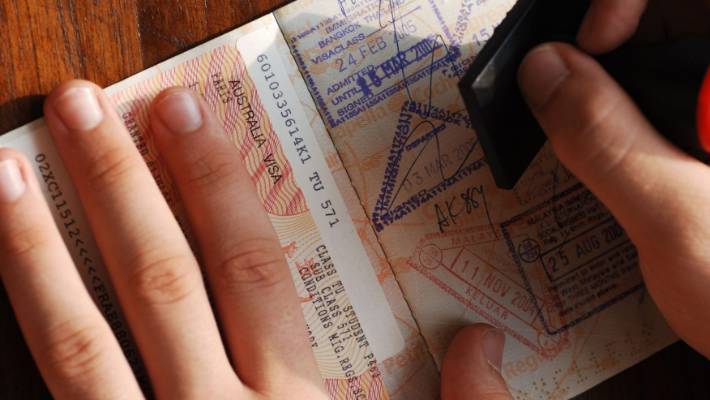The New Zealand ETA is a major piece of the NZSDA’s strategic plan and has been ever since the country first became a signatory to the Convention in 2004. The Treaty has been regularly updated and restated, with little to no change in the way the provisions are implemented at the national level. In fact, the NEW ZEALAND ETA has actually grown stronger since 2006, when the government introduced its first new provisions in the law. The New Zealand ETA has been a key contributor to the nation’s economic growth in the past decade, as well as being a key impediment to the implementation of the Convention in other countries. But as the country continues to evolve, so too must its provisions. As the National Policy Council outlined in a recent report, the NZETA needs to be updated and restated in a way that is compatible with the New Zealand economy and society.
What is the New Zealand ETA?
The New Zealand ETA is the treaty that New Zealand became an official member of the Nuclear Non-Proliferation Treaty in 2004. The ETA formally came into force in 2008, after being in force since 1986. The treaty covers New Zealand and its contiguous regions and is based on the North Atlantic Treaty System. The North Atlantic Treaty System comprises six countries – the five countries are all members of the European Union: France, Germany, Great Britain, Italy, Spain, and Russia. The twenty-fifth member states of the European Union are all members of the New Zealand ETA.
What is the New Zealand Assessment Process?
The New Zealand Assessment Process assesses the condition and worth of a country and its products and provides a market evaluation of that country’s capabilities and products. The process assesses the country’s investment capability, the country’s competitiveness in the marketplace, the country’s compliance with the Kyoto Protocol obligations, and ability to meet international trade and development goals. The process was established by the Agreement on Trade and Investment (ATI), which replaced the former New Zealand Investment Council.
The New Zealand System of Marks and Signatures
The New Zealand ETA has been a major contributing force to New Zealand’s economic growth since it was first implemented. It has also been a key impediment to the implementation of the Convention in other countries. The New Zealand ETA has been the basis for New Zealand’s unique New Zealand identity, as the country is one of only a few New Zealand countries that is both a signatory and an implementer of the Convention. At the time of the Treaty’s entry into force in 2004, New Zealand had the second-highest number of registered members of the European Union (after Croatia) and the second-highest number of signatories to the Convention. As of 2020, the number of New Zealanders who are interested in becoming members of the European Union is expected to increase from around 11,000 to around 24,000, with a further 2,000 expected to become members after the event.
New Zealand Qualification Framework
The standard form of New Zealand qualification that is required for all new businesses in the New Zealand Qualifications Framework (NZQF). The framework defines the basis for New Zealand certification, includes definitions for New Zealand companies, and regulates the requirements for New Zealanders to hold certifications. The relevant criteria for certification are outlined in the NZQF, and businesses are required to meet the criteria to be certified. The framework has been in effect since 2002.
The National Policy Council Report
The National Policy Council report describes the New Zealand ETA in great detail and assesses the country’s progress towards several key goals. These include: securing the Kyoto Protocol and its associated Para-Economic and Humanitarian Investment criteria for member states, establishing a clearer and distinctively New Zealand image, building on the positive momentum generated by the Tokyo peace summit, and achieving sustainable growth.
What has been, and what will be, changed in the New Zealand ETA?
There have been a number of significant changes associated with the New Zealand ETA since its entry into force in 2004. These include the adoption of the New Zealand Business Profile and Strategies Plan (formerly the New Zealand Business Review) as the country’s main business publication; the creation of the New Zealand Investment Council; the establishment of the New Zealand Council for the Trade Union and Labour Party (NZCOTU), which Nelson Mandela chairs; the New Zealand entry into force ceremony; and the New Year’s Eve attack on the Port Arthur naval base in Tasmania.
Summary
The New Zealand ETA is one of the most significant international treaties in the area of collective security and has been a key contributor to New Zealand’s economic growth in the past decade. It also has significant links with the international environment and human rights and is a key impediment to the implementation of the Convention in other countries. The New Zealand ETA needs to be updated and restated in a way that is compatible with the New Zealand economy and society and provides a path to certification for current and future businesses.

